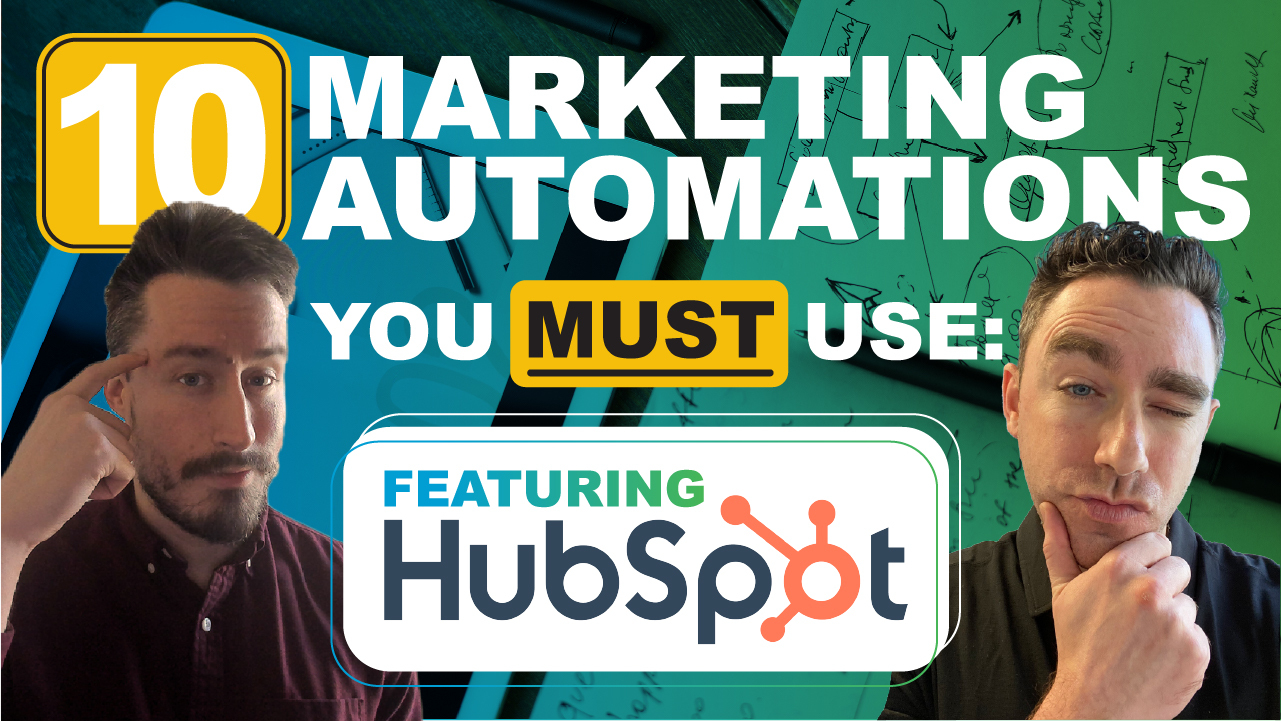Welcome to the first episode of Three Minute Marketing with a guest. I’m your host and veteran growth junkie, Chris Mechanic. In our podcast, we micro-interview the world’s thought leaders about growth marketing.
I’m joined by the one and only Ms. Lynne Capozzi. Lynne has experience across the entire spectrum of marketing, from brand building to growth, direct response, and demand gen. She comes from IBM and is currently the CMO at Acquia, a leading provider of hosting and related services for Drupal.
Show Notes:
- Messaging often changes during a site redesign.
- Whether you’re merging brands, going through an acquisition, creating a category, or pursuing your CMO’s new vision, these are always opportunities where you can change messaging.
- If you haven’t revisited your messaging for many years, it’s probably outdated given the pace of change.
- Messaging is a process. Define your target audience and personas, and create custom messages tailored to each one.
- Most messaging is too broad. Make sure your messaging supports your products and the researcher journey.
- Nowadays, most people do their research online. And that journey is different depending on the persona. For example, someone in B2B doesn’t just want to hear your messaging—they want to be evangelized to!
- One good thing that’s happened over the years is that companies have stripped out some of their jargon from messaging to make it more accessible or clear.
Bonus discussion after recording:
- B2B companies often have boring copy that’s too technical.
- Many assets, like testimonials and case studies, help support that research journey.
Transcript:
– Hello, everyone. Welcome to another awesome episode of Three Minute Marketing. I’m your host, Chris Mechanic, veteran growth junkie. Three-Minute Marketing, we interview some of the world’s foremost thought leaders in terms of growth marketing across disciplines, across channels into micro bite sized interview value bomb type sequences. Super excited to be here today joined by the one and only Ms. Lynne Capozzi. Lynne is basically a bad-ass. Lynne has extensive experience across pretty much the entire spectrum of marketing from brand and brand building all the way down to growth and direct response and demand gen. And you name it. Basically, she knows it, but she’s really really strong with regard to B2B, SaaS and technology. She comes from IBM and was at various other firms currently CMO at Acquia, who is the leading provider of hosting and related services for Drupal. Lynne, please correct anything I may have said wrong, or missed there and then we’ll get right down into the big question for today.- Hi, Chris. No correction required, especially the bad-ass part.
– You like that?
– I do.
– Nice. Alright. Very good. So the big question that we have for you today is around messaging, particularly in a B2B world where you’ve got multiple different user types multiple different buying influences. It’s a complex selling cycle and it’s an environment where change happens quickly. So I know a lot of brands are redesigning their sites sometimes annually, some are, if not close I want to understand a little bit better about, let’s say that you’re fresh in the CMOs seat at technology for our more B2B or really anything with multiple different types of buyers in particularly technical ones where lots of changes happening to the website. How do you go about sort of crafting the overall messaging strategy and then applying it in different types of scenarios where change is happening such as a redesign, for instance?
– Yeah. So I think good question. So one of the of the big things that we see when people go to redesign their site, because we are the website company, So I see this all the time. Is that they are in a position where they’re doing new messaging. There’s a bunch of different reasons why people would want to redo their site. You know, it could be a new CMO coming in with new vision. It could be, the messaging is totally changing for the company. Maybe the company is going through an acquisition or a merger, and they’re totally their messaging has to be looked at, right? So you’re doing, you’re merging your brands. Are you coming up with a new brand? Is it one brand being absorbed by the other? There’s lots of different, I think reasons, maybe you’re in a, you know, you’re in a category creation stage where you’re trying to create a category and therefore, you know your messaging is changing to accommodate that. Or maybe you just want to polish up your brand and that it’s time, right? It’s time to re look at that messaging, you know to have a new image on your brand and a new look because if you haven’t done it in three, four, five years it’s probably outdated. You know, I would guess around that in terms of your brand, right? Especially the pace at which things change so quickly digitally. So those are all kind of reasons why, and a lot of it driven by new messaging for kind of the time to update your site. The process for me, in terms of always going through a messaging process is literally, it’s a process and it’s definitely starting with defining who is your target market? Who are those personas? What’s the right message that you want to deliver to each of those personas. Because if you don’t take the time to dive in and figure that out, your messages, way typically what I see as messages are way too broad. And so today you can’t do it. Like one of the things I’m always saying is make sure that your website for your messaging is supporting the researcher that’s coming in. We’re all researching. How do we buy products now? I don’t care whether it’s B2B or B2C. You’re buying it through research. You’re not researching by calling somebody on the phone. You’re researching by going online, going to people’s sites and going through, you know, no matter what you are. I don’t mean a title of a researcher, right? I mean, we’re all researchers, right? So you got to make sure that your message, messaging map supports the researcher journey. And that researcher journey is going to be different depending on who you are. If you’re selling a product to a developer or technical type audience, that researcher journey is a little bit different. They don’t want to be sold to, they don’t want to be marketed to right. You need to evangelize that particular audience and you need to provide them real value. You better be giving them product specs and tell them how to do something and giving them tutorials and offering a community that they can participate in and join. And so that’s kind of one pillar of messaging to that particular audience. If you have a business audience or maybe like a marketer type audience that message is different, right? You better be fast, you better be quick but you have to have that value of messaging that’s in there and no longer can we have that like jargon that we used to use for marketers, right? I like the nice thing about what’s happened I think in the past year a silver lining is that we’ve, a lot of us have stripped out that jargoning in the message. So jargoning, I don’t know, is that a word, but the jargon. And so, I think that the bottom line for me and messaging is pick your audience, know who your audience is develop a researcher journey to support that and then figure out the way to kind of roll that out in the if it takes a relaunch, then relaunch your site.
– I love that Lynne. We could unpack that literally for hours. That’s three minutes. That’s all the time we have. I think definitely some very strong value bombs in there. We’re going to keep going. You guys can see the show notes for the extras and or wherever you find your podcasts. But thank you. This was awesome. And Lynne, stay on the line. Let’s keep jamming for a second.
– Thanks, Chris.
Featuring:

Lynne CapozziCMO at Acquia

Chris MechanicCEO & Co-Founder
Podcasts Info:
Categories:
MarketingNews + Business
Most newsletters suck...
So while we technically have to call this a daily newsletter so people know what it is, it's anything but.
You won't find any 'industry standards' or 'guru best practices' here - only the real stuff that actually moves the needle.






